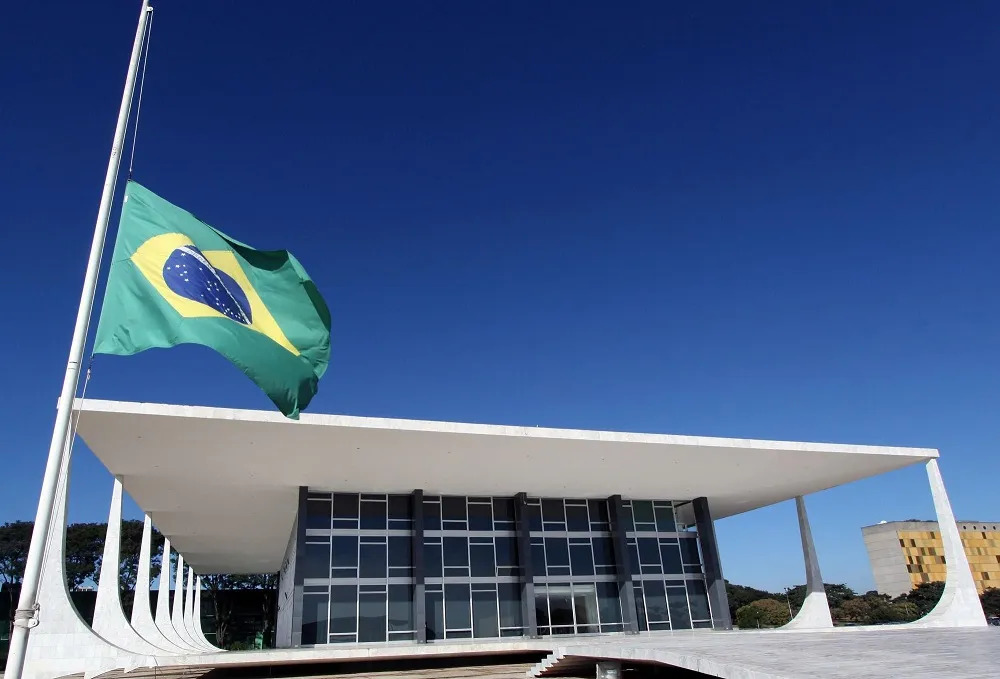A significant discourse is ongoing in Brazil regarding the selection criteria for the next justice to be nominated by President Luiz Inácio Lula da Silva to the Supreme Federal Court (STF).
This nomination will fill the spot left by Rosa Weber’s forthcoming retirement at the end of September.
There’s pressure to nominate a woman or an individual of African descent – demographics historically underrepresented in the Court.
One overlooked aspect of the STF is the geographical origins of the justices.

The majority hail from the Southeast and South regions, which is reflected in court rulings.
A review of 826 cases submitted by governors from 26 states and the Federal District since 2000 shows that Northeastern governors had a 59% complete success rate in the Supreme Court.
In contrast, Southeastern governors experienced a 66% win rate, which increased to 68% for São Paulo.
Both the Supreme and Superior Courts feature a predominance of judges from the Southeast and South.
While it’s not implied that judges’ geographical backgrounds influence decisions, the case outcomes indicate that the Northeast and North have lower success rates in the Court.
Brazil’s higher courts don’t only lack gender and racial diversity but also geographical equity.
Since Brazil’s return to democracy, out of 30 nominations to the Supreme Court, 18 were from the Southeast.
For the Superior Court of Justice, since its establishment in 1989, 43 out of 100 nominations were from the Southeast.
When considering decisions on cases submitted by governors, states like Pernambuco and Ceará had success rates of only 43% and 44% in the Supreme Court.
Conversely, Mato Grosso boasts a 79% success rate, but it’s worth noting that only 24 cases from this state have been reviewed since 2000.
A noteworthy observation is that Northeastern governors’ cases had a higher success rate (75%) when the presiding STF justice was also from the Northeast.
However, there were only four such cases, possibly skewing this statistic.
Of the 30 justices nominated to the STF post-democratization, 60% hail from the Southeast.
In the current Court configuration, seven out of 11 justices (63.3%) are from this region.
Both former presidents, Luiz Inácio Lula da Silva, and Dilma Rousseff, from the Workers’ Party, led Brazil for 14 years, nominating 14 justices during their terms.
Lula alone nominated nine justices, with only one from the Northeast.
Nunes Marques is the sole Northeastern representative in the Court, appointed by Jair Bolsonaro in 2020.
Lastly, regarding the Superior Court of Justice, the pattern of dominance from the Southeast persists, albeit slightly diluted.
Out of 35 justices nominated by Lula and Dilma, 10 were from the Northeast.

